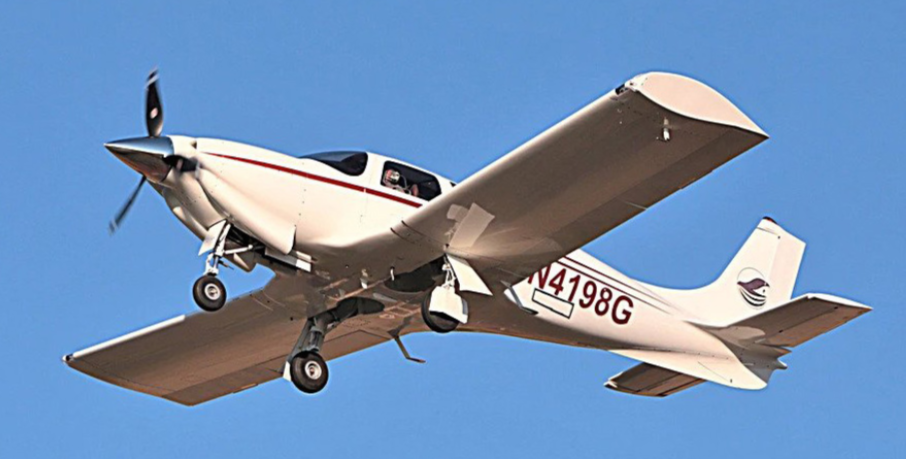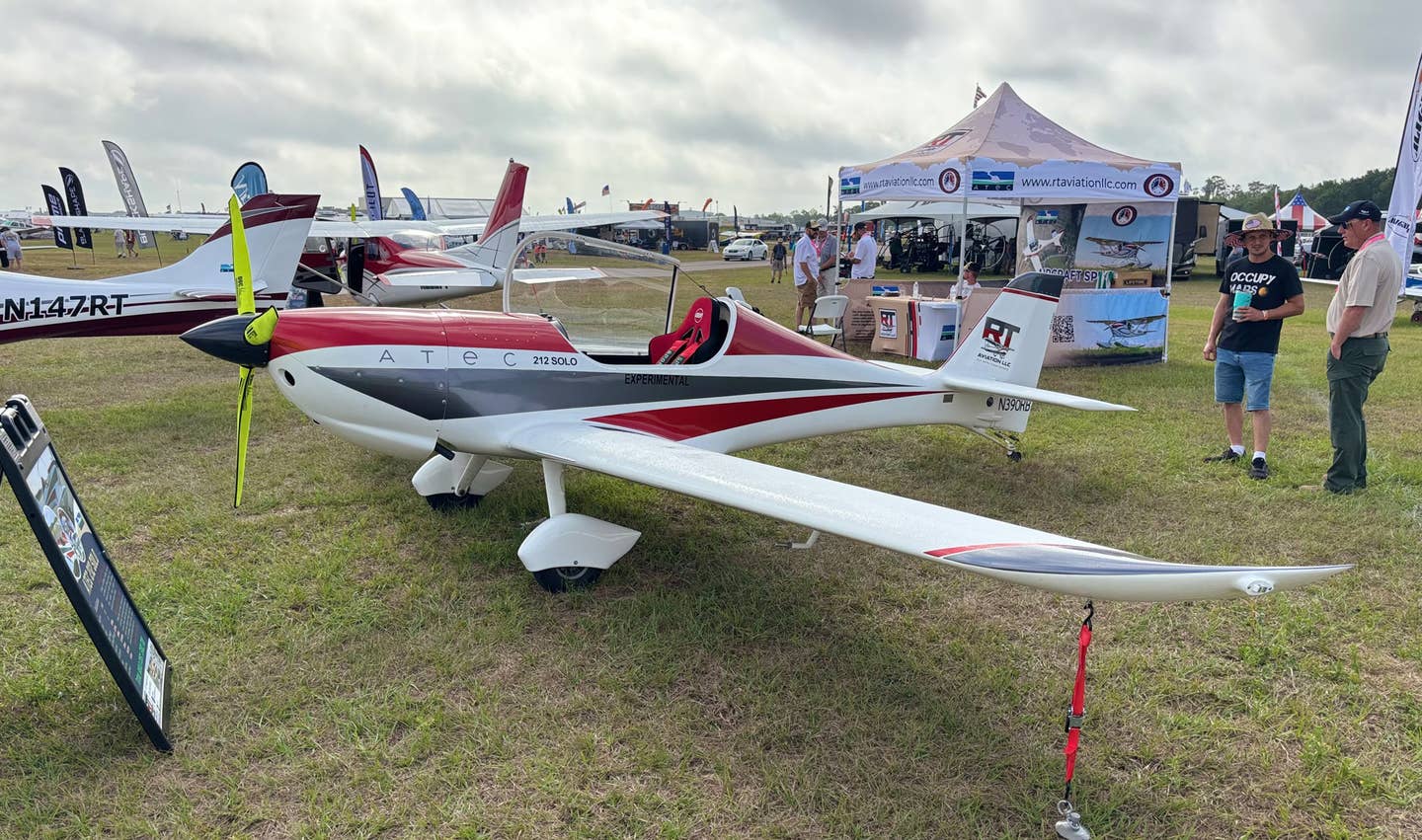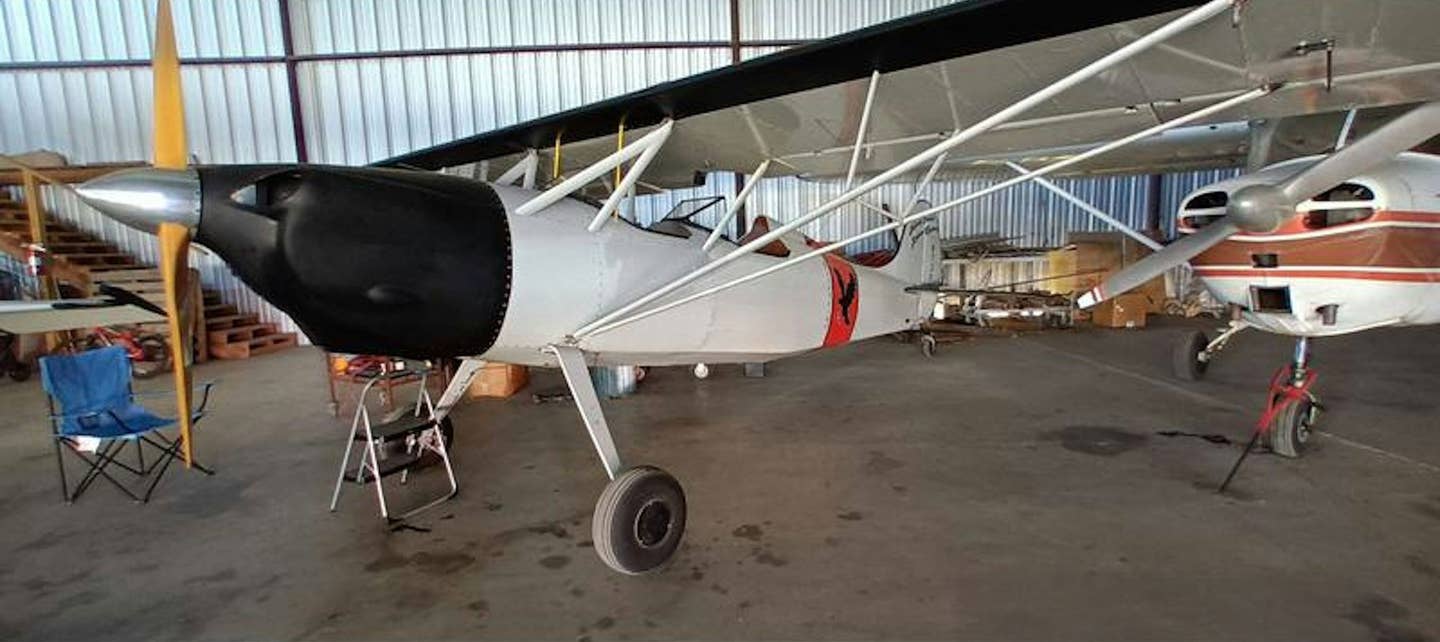This Incredible Plane: Windecker Eagle 1
These days, we take composite aircraft for granted. This pioneer didn’t have that luxury.

Windecker Eagle 1
Nearly two decades before Cirrus, Columbia and Diamond arrived on the scene, a Midland, Texas, dentist, Dr. Leo Windecker, and his dentist wife, Dr. Fairfax Windecker, designed, constructed and obtained the first FAA type certificate for a composite general aviation aircraft. That aircraft, the Windecker Eagle 1, was faster than the competition, possessed a wider and more comfortable cabin, and was, and is today, an elegant design.
The story begins in 1962, when the Windeckers moved from Dallas to Midland, Texas, and formed Windecker Industries. The couple both gave up dentistry for Leo's first love, aviation (including composite material research and development). In 1965, in a little-known part of history, their fledgling company constructed a pair of composite wings for the Cessna 182 for Cessna Aircraft to conduct structural and flight testing. Building on this experience, the Windecker Eagle 1 prototype made its first flight in 1967. The aircraft was constructed of a unidirectional fiberglass material dubbed "Fibaloy." The fuselage was joined in two halves, and the wings were built up around a central tubular fuel tank. The Eagle 1 turned out to be fast, comfortable and beautiful. Even today, the aircraft looks like it was designed in 2017 rather than 1967.
The Eagle earned an FAA type certificate in December 1969. However, certification was not without its problems. First, the FAA, due to its lack of experience with composites, required that the Eagle's structures be 20% stronger than similar aluminum aircraft, resulting in an approximate 100-pound weight penalty. Second, one of the two prototypes was lost in aft CG spin testing. The test pilot bailed out and survived, but the airframe was lost. The additional structure required in the tail to meet the mandated strength requirement may have been a contributing factor. Subsequently, a ventral fin was added to the aircraft, and it passed all spin tests with flying colors.
Finally, as with so many startup aviation companies, the cost to certify a new aircraft can be staggering. The estimate for the Eagle was over $20 million. Money troubles would continue to dog the company until its demise in 1977. In addition to the first two prototypes, only six more Eagles were constructed. Of the eight total airframes, one was lost in testing, three are in museums, and thankfully one was fully restored to fly- ing condition in 2015.
As in all really good stories, there is a top-secret side. The U.S. Air Force purchased a military version of the Eagle and later transferred it to the Army. As it turns out, Leo Windecker understood the stealth value of composite materials and convinced the military to take a look. The aircraft, dubbed the YE-5, was pylon tested against radars at Holloman AFB, New Mexico. Of course, the test results were classified. However, Windecker Industries earned a follow-on contract to construct 36 composite "Laser-Target Designator" Remotely Piloted Vehicles (RPVs) for the Army. Sadly, none of this saved Windecker Industries.
In the intervening years, there have been two attempts to return the Eagle to production. In the 1980s, businessman Gerry Dietrick was the first. He set five non- stop transatlantic speed records in a modified Eagle, including Cincinnati, Ohio, to Paris, France, and back. However, the double whammy of economic recession and product liability concerns doomed Dietrick's effort to revive the design.
Flash-forward to 2015. Wei Hang, a Chinese entrepreneur, purchased the Eagle's type certificate with an eye to produce the aircraft in China. He commissioned Don Atchinson to return a Windecker Eagle to better-than-new condition. That aircraft, N 4198G, the only airworthy Eagle 1, is in the air today. The jury is out as to when, or even if, the Eagle will resume production, but there is no doubt the design and construction of the Windecker Eagle 1 was way ahead of its time.

Subscribe to Our Newsletter
Get the latest Plane & Pilot Magazine stories delivered directly to your inbox






